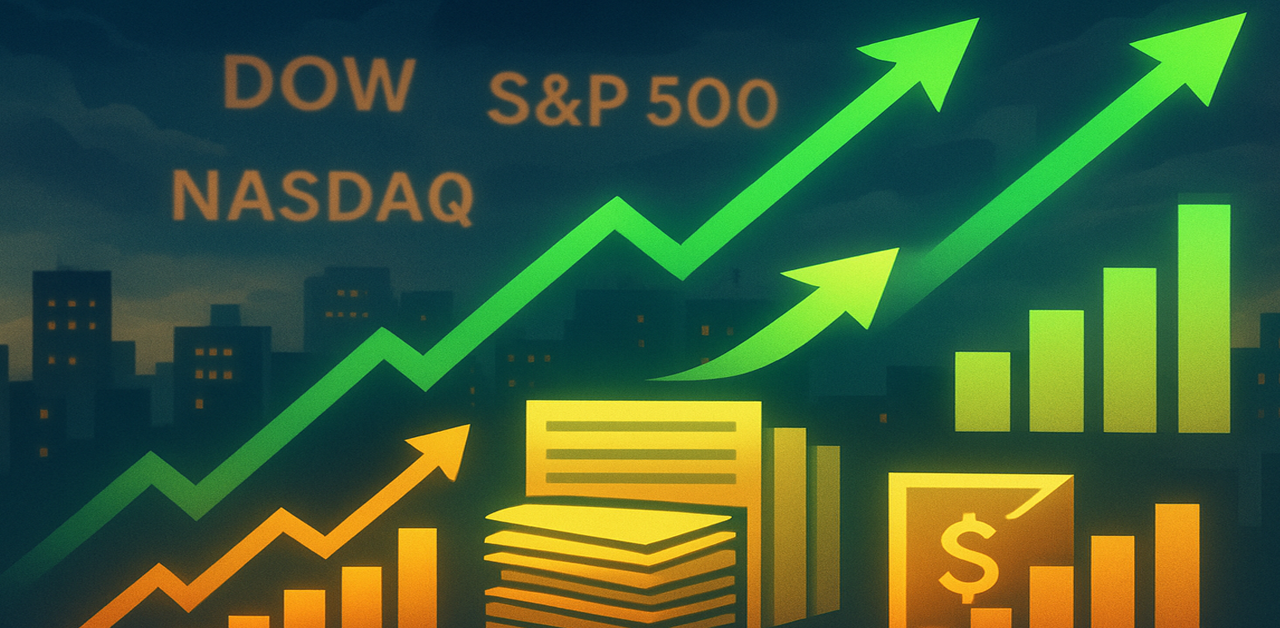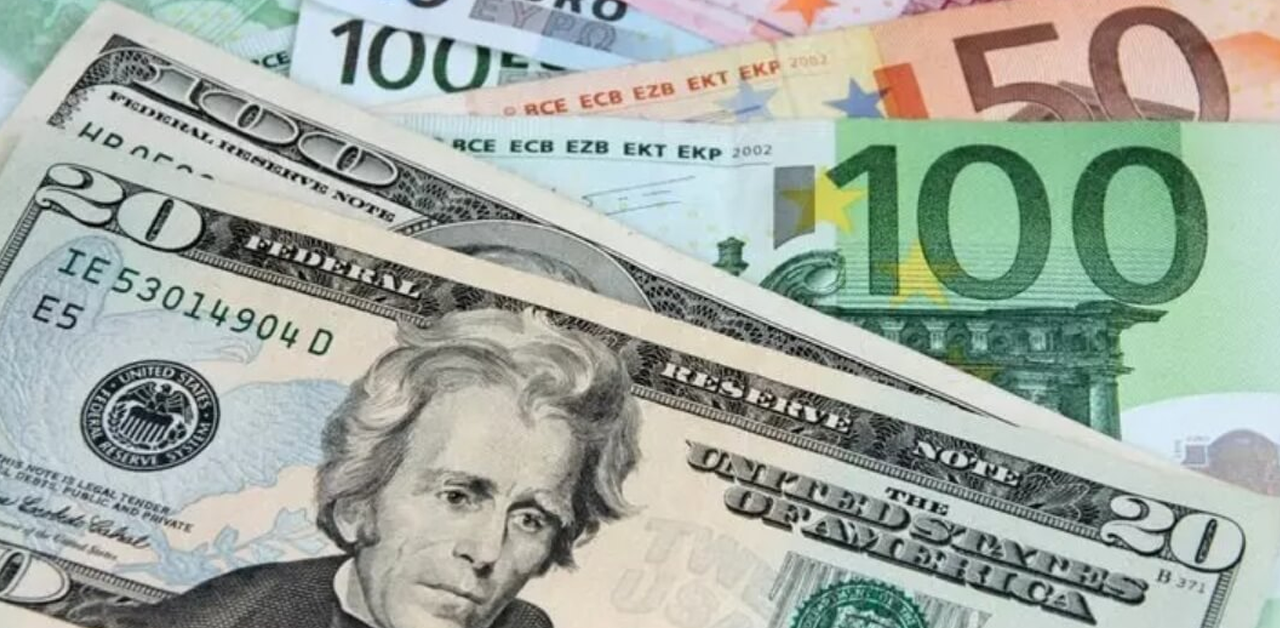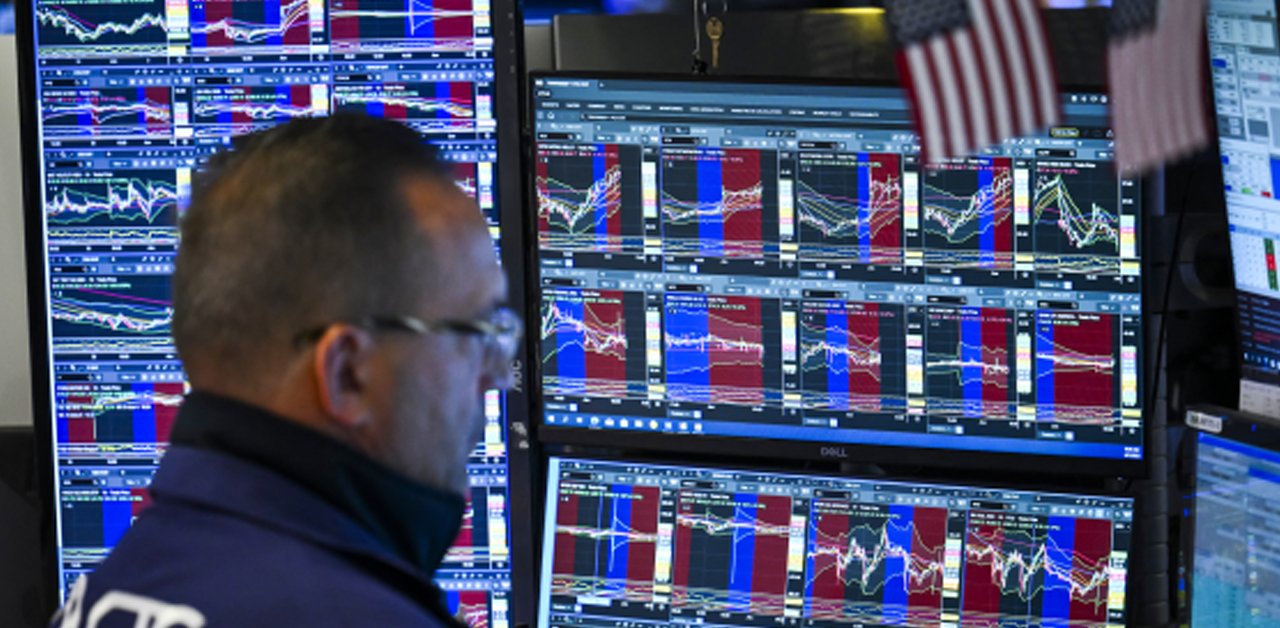Pips and lots in forex are like the building blocks of trading. A pip is the tiniest price change in a currency pair, usually the fourth number after the decimal (like 0.0001). So, if EUR/USD moves from 1.2000 to 1.2001, that’s a 1-pip move. Lots, on the other hand, tell you how big your trade is. A standard lot is 100,000 units of currency, but there are also mini lots (10,000) and micro lots (1,000) for smaller trades. Pips and lots together help you figure out how much money you’re risking or making. For example, if you trade one standard lot and the price moves 10 pips, that’s a bigger profit or loss compared to trading a micro lot. Understanding pips and lots in forex is super important because it helps you manage your trades and stay in control!
In the forex market, currency pairs are quoted with decimal points to reflect the precise exchange rate between two currencies. This system allows traders to track even the smallest price movements in the market.
What is a Pip in Forex Trading?
A pip, short for “percentage in point,” is a standard unit that measures the change in value between two currencies.
For most currency pairs, a pip refers to the fourth decimal place (0.0001). For example, if the EUR/USD moves from 1.1015 to 1.1016, the price has increased by 1 pip. However, pairs involving the Japanese yen (JPY) are quoted with two decimal places (0.01) due to the yen’s lower value compared to other major currencies. For example, if the USD/JPY moves from 144.30 to 144.32, it has moved by 2 pips.
What is a Pipette?
In addition to pips, brokers often quote forex prices with 5 or 3 decimal places, known as pipettes or “points.” A pipette equals one-tenth of a pip. For example, if EUR/USD increases from 1.10161 to 1.10162, it signifies a movement of 0.00001 USD, or 1 pipette. Similarly, if USD/JPY moves from 144.323 to 144.324, that’s an increase of 0.001, or 1 pipette.
How to Calculate Pip Values
The monetary value of a pip depends on the trade size and the specific currency pair. Traders can calculate pip values using simple formulas.
- For direct currency pairs (where USD is the quoted currency, such as EUR/USD):
Pip value = point value × volume × contract size
For example, trading 2 lots of EUR/USD would result in a pip value of 2 USD. - For indirect currency pairs (where USD is the base currency, such as USD/JPY):
Pip value = (point value × volume × contract size) ÷ exchange rate
For instance, with USD/JPY at an exchange rate of 144.324, trading 2 lots would result in a pip value of approximately 1.39 USD.
Understanding pips is crucial for assessing market movements, managing risk, determining position sizes, and gauging the effect of price changes on your trades. This knowledge equips traders to make well-informed decisions and manage their trades with precision.
Try learning how pips work in a risk-free environment by using a demo trading account.












